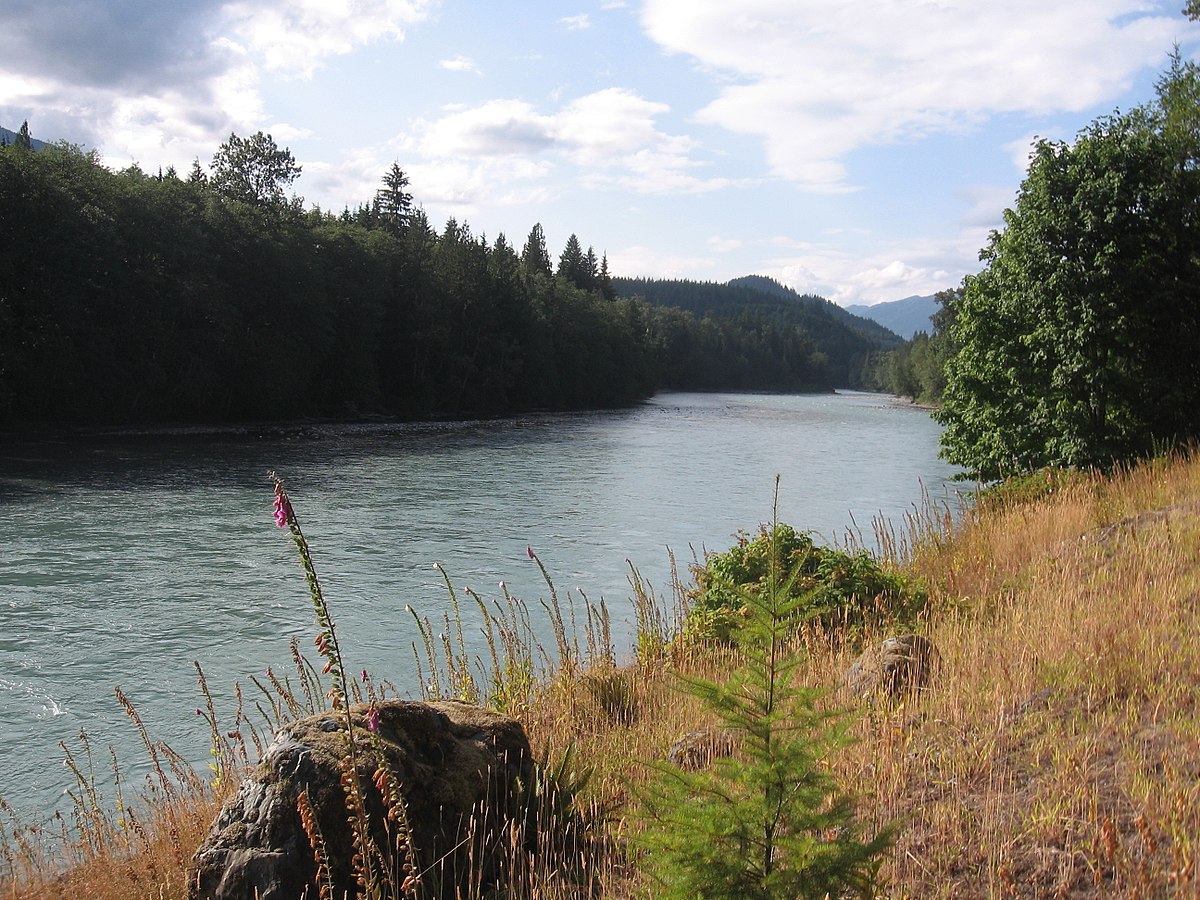Sauk River

Nestled amidst the rugged landscapes of northwestern Washington, the Sauk River flows as a silent witness to the rich tapestry of cultures that have thrived along its banks for centuries. As a tributary of the Skagit River, the Sauk holds profound cultural significance for indigenous communities, settlers, and modern-day residents alike. In this comprehensive exploration, we delve into the myriad ways in which the Sauk is culturally important, from its role in indigenous traditions to its impact on contemporary society.
Indigenous Heritage: Sacred Waters and Spiritual Connections
For indigenous peoples, the Sauk River is far more than just a body of water; it is a sacred lifeline that has sustained communities for generations. The river holds deep spiritual significance for tribes such as the Sauk-Suiattle and Stillaguamish, who view it as a source of sustenance, healing, and cultural identity. Through traditional stories, ceremonies, and practices, indigenous communities maintain a profound connection to the Sauk, honoring its role as a provider of life and nourishment.
- Ceremonial Practices: Indigenous tribes perform rituals and ceremonies along the banks of the Sauk River to honor their ancestors, seek guidance from spiritual forces, and celebrate the interconnectedness of all living beings. These ceremonies often involve offerings, prayers, and songs that reflect the deep reverence and respect for the natural world.
- Traditional Knowledge: Over generations, indigenous peoples have accumulated a wealth of traditional knowledge about the Sauk River and its surrounding ecosystems. This knowledge includes seasonal patterns, fishing techniques, medicinal plants, and navigational routes, which are passed down through oral traditions and cultural teachings.
Settler Heritage: Pioneers and Progress
In the 19th century, European-American settlers arrived in the Sauk River basin, drawn by the promise of fertile land, abundant resources, and opportunities for economic prosperity. These pioneers played a pivotal role in shaping the cultural landscape of the region, leaving behind a legacy of resilience, innovation, and community spirit.
- Homesteading: Settlers established homesteads, farms, and logging camps along the Sauk River, carving out a living in the rugged wilderness and forging close-knit communities. Their perseverance and determination laid the foundation for the towns and cities that exist in the region today, shaping the cultural identity and heritage of northwestern Washington.
- Logging Industry: The logging industry played a central role in the economic development of the Sauk River basin, providing employment opportunities, infrastructure, and resources for local communities. Timber harvested from the surrounding forests was transported downstream via the Sauk, fueling the growth of sawmills, lumber mills, and other wood-based industries.
Modern-Da2y Significance: Recreation, Conservation, and Community
Today, the Sauk continues to play a vital role in the cultural fabric of northwestern Washington, serving as a focal point for recreation, conservation, and community engagement. Its scenic beauty, diverse ecosystems, and recreational opportunities attract visitors from near and far, while efforts to preserve its natural heritage ensure that future generations can enjoy its wonders for years to come.
- Outdoor Recreation: The Sauk River offers a wide range of recreational activities, including fishing, kayaking, hiking, and wildlife viewing. Outdoor enthusiasts flock to its shores to experience the thrill of adventure and the tranquility of nature, creating cherished memories and strengthening their connection to the land.
- Conservation Efforts: Conservation organizations, government agencies, and local communities are committed to protecting the Sauk River and its surrounding watershed from environmental degradation, habitat loss, and pollution. Through initiatives such as habitat restoration, water quality monitoring, and public education, efforts are underway to safeguard the river’s cultural and ecological heritage for future generations.
Conclusion:
In conclusion, the Sauk River is a cultural treasure that embodies the enduring legacy of indigenous peoples, settlers, and modern-day residents who have shaped its past, present, and future. From its role as a sacred lifeline for indigenous communities to its significance as a recreational haven for outdoor enthusiasts, the Sauk holds a special place in the hearts and minds of all who cherish its beauty and bounty. As we reflect on the cultural importance of the Sauk, may we remain steadfast in our commitment to honoring its heritage, preserving its legacy, and fostering a deeper understanding of its cultural significance for generations to come.
Know More about the Sauk River.
What are The Religious Places of the Sauk River?
When Did The Sauk River Basin Become a Focus?
Where is The Sauk River Located?
Who Were The Key Historical Figures and Civilizations of The Sauk River?
How to Reach Sauk River?




